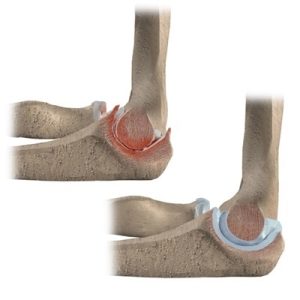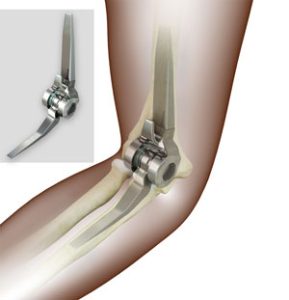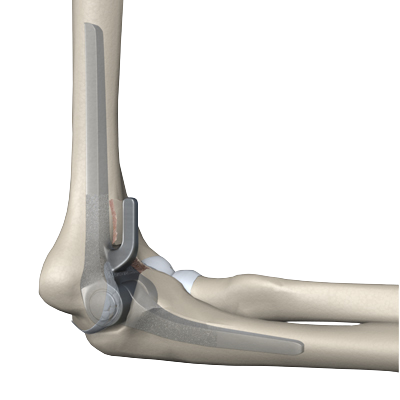Elbow Joint Replacement Surgery

What Is Elbow Joint Replacement Surgery?
If a illness for example rheumatoid arthritis or an damage has injured your elbow, your surgeon may suggest surgery to change the joint, so you have not as much of pain and can move better. Throughout elbow joint replacement, a surgeon changes your elbow with an non-natural joint made from two implantations that joins to the bones in your arm. A metal and plastic pivot attach the implantations together. The technique is like hip and knee replacements. You want a doctor who has a lot of experience. Consult your rheumatologist or other doctor for medical appointment.
Our Popular Services
Hip Replacement Surgery
Knee Replacement Surgery
Spine Surgery
Shoulder Joint Replacement Surgery
Arthroscopic Surgery
Elbow Joint Replacement Surgery
Fracture Treatment
Sports Injuries
What Is The Risk Of Elbow Joint Replacement?
The most common problems in elbow joint replacement surgery are:
- Infection
- Damage to nerves and blood vessels
- Allergic reaction to the non-natural joint
- Broken bone
- Toughness or unsteadiness of the joint
- Relaxation or adapting of the artificial parts
- Weakness or failure in the ligaments of your arm pain
There are dangers due to the anesthesia, such as an allergic reactions to those medications and breathing issues. As with any surgical procedure, bleeding and blood clots are possible, too

When Elbow Joint Replacement Surgery
Is Not Appropriate?
surgery is not suitable if among others:
- You have an damage or a past of damage
- You don’t have enough bone or the bone is not good enough to help your new elbow
- You have damage nerves in your elbow part
- You have damage or movement less elbow muscles
- Your bones are not full-grown or settled
- You have obvious bone loss or a serious reduction in bone mass (osteoporosis)
- Your elbow joint has been formerly attached and is stable, mobile, and pain free
- You have rheumatoid arthritis and dynamic/past of skin scratches(because of bigger risk of damage)

Why Elbow Joint Replacements Are More Common Than Ever
A increasing population of older adults may be somewhat responsible for an increment in elbow joint replacement surgeries for bone fractures close the elbow. Why? It’s because older adults donot have stronger bones in comparison to younger people. Their bones are easy to break from a fall, including the lower end of the upper arm bone (called the distal humerus). “In the past, the No. 1 reason for elbow joint replacement surgery was inflammatory arthritis, such as rheumatoid and psoriatic arthritis. More newly, patients for elbow replacement have extended to people with osteoarthritis and those with distal humerus fractures. But the larger of these two groups are those with fractures, as osteoarthritis in the elbow is relatively uncommon.

